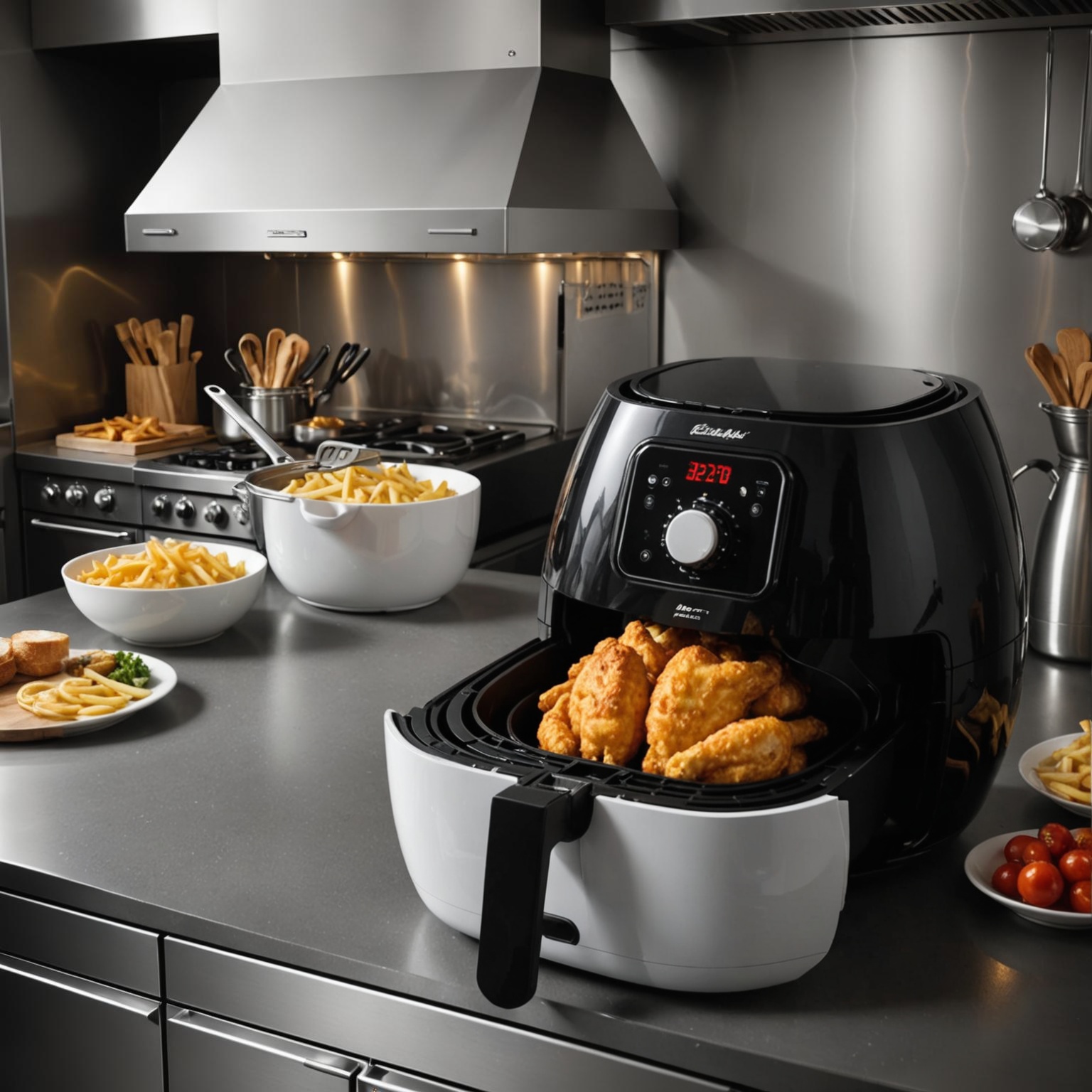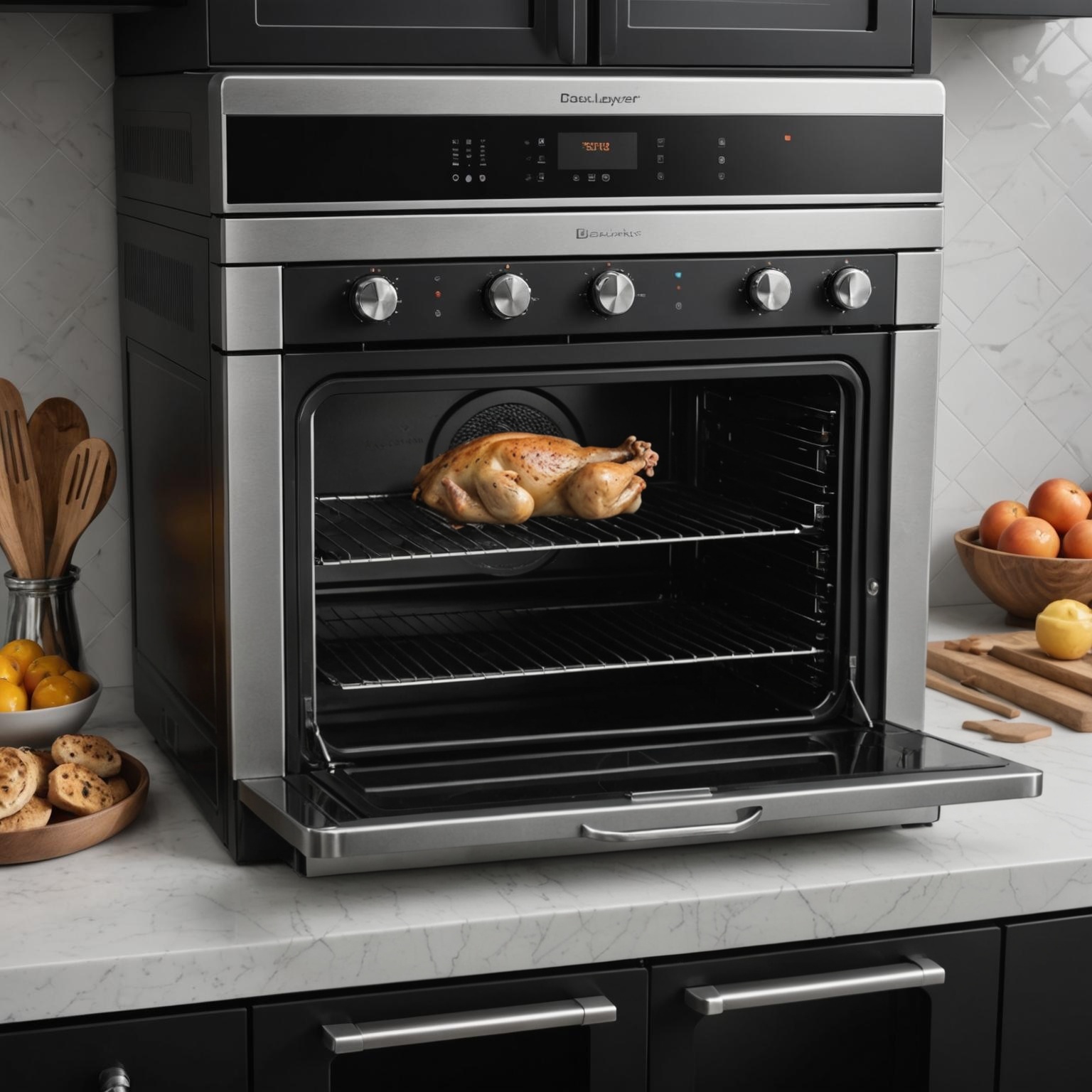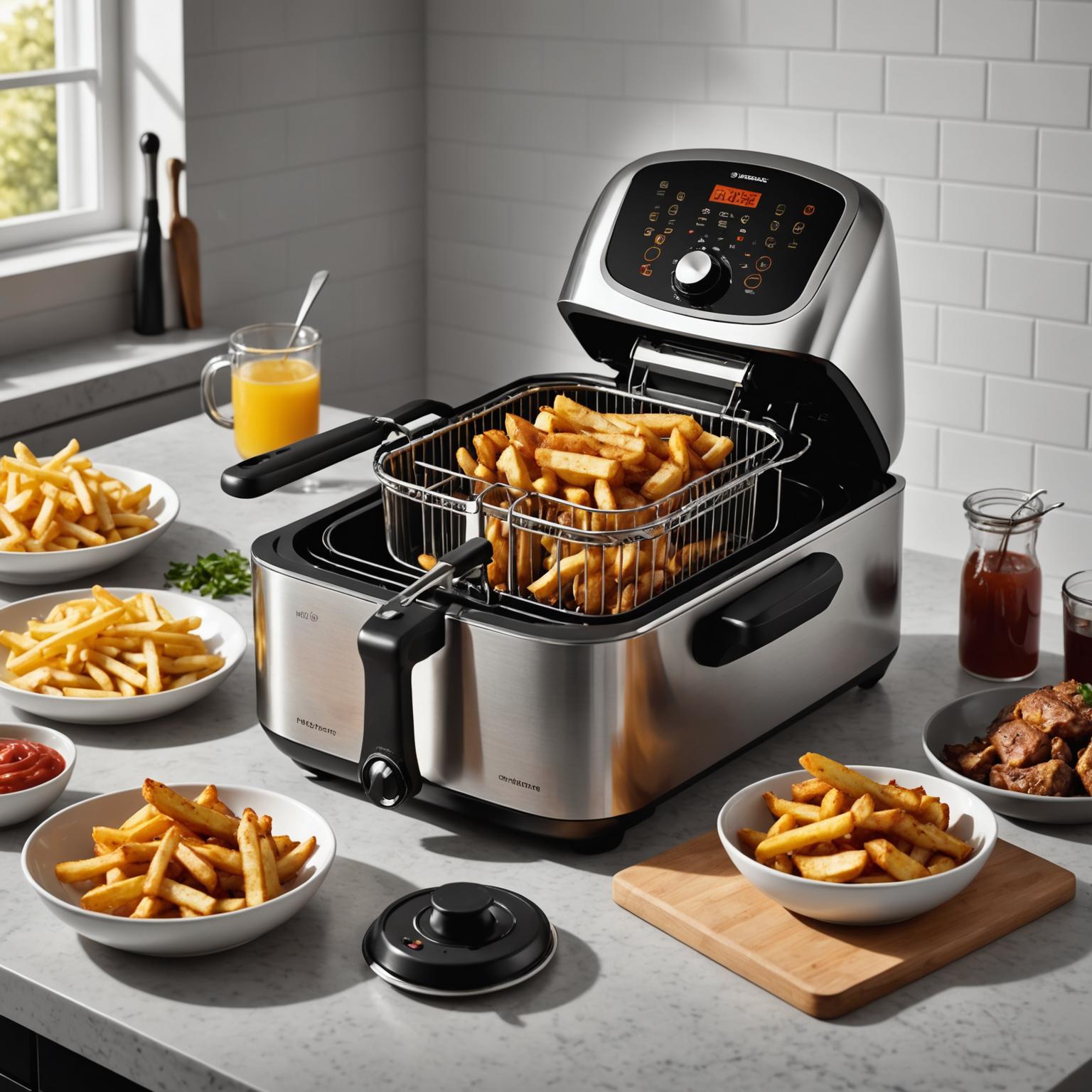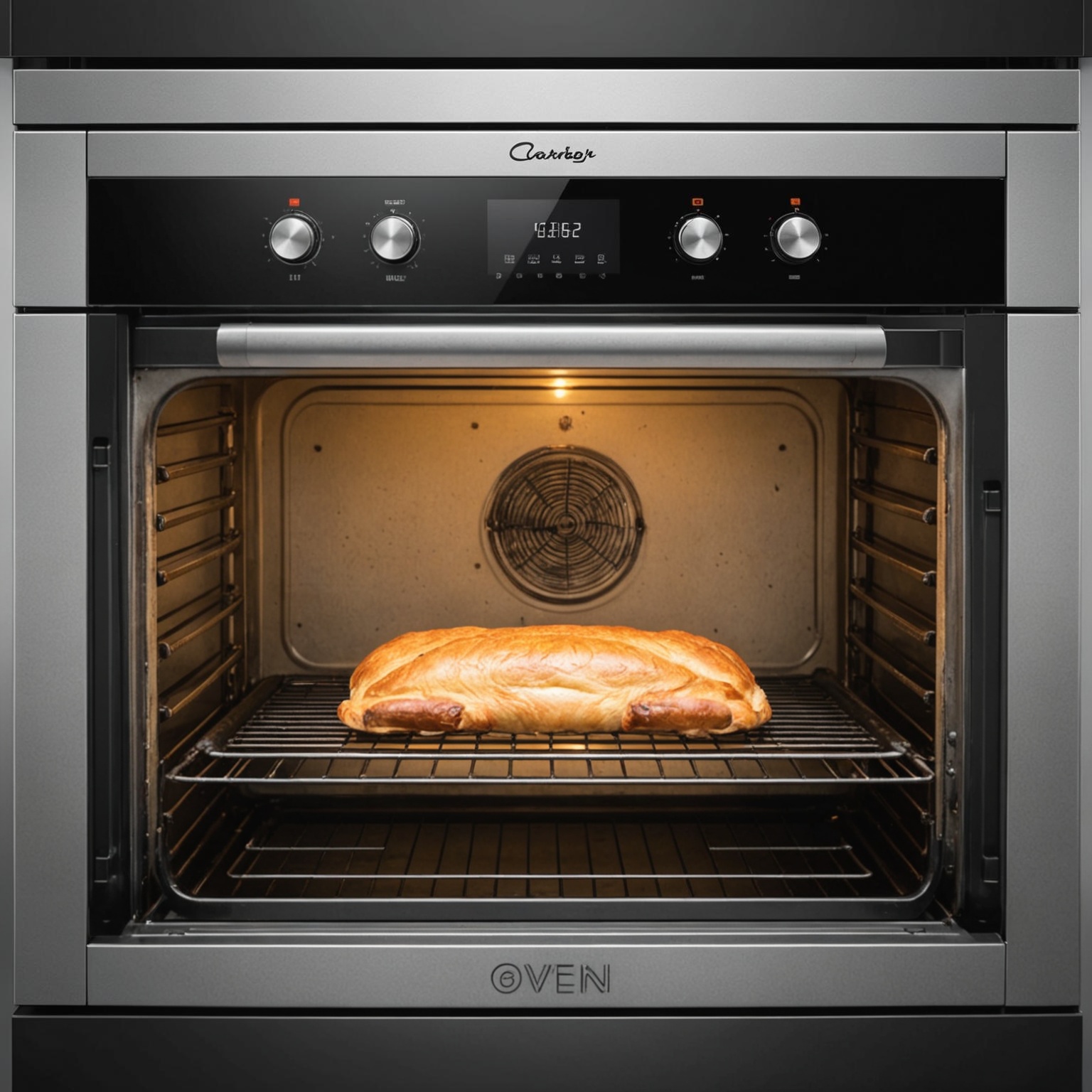In the world of modern cooking appliances, precision and reliability are the cornerstones of culinary success. Behind every perfectly seared steak and every batch of golden-brown fries, there is often an unsung hero: the stainless steel heater. These components are fundamental to the operation of a vast array of equipment, translating electrical energy into the consistent, controllable heat that chefs and home cooks depend on. Whether integrated into a state-of-the-art electric grill or a bustling commercial fryer, the quality of the heating element directly dictates the quality of the final product.
The Power of Resistance Heating Technology
At the heart of these devices lies the principle of resistance heating technology. This elegant yet powerful concept involves passing an electrical current through a material with high electrical resistance. As the electrons struggle to move through this resistive material, their energy is converted into thermal energy, or heat. This is the glowing red radiance you see in high-performance electric grills and ovens. The beauty of resistance heating technology is its efficiency and controllability. By precisely managing the flow of electricity, manufacturers can design appliances that heat up rapidly and maintain exact temperatures, which is crucial for recipes that demand accuracy.
Engineered for Durability: The Tubular Heating Element
One of the most versatile and widely used designs is the tubular heating element. This component typically consists of a resistive coil, often made from a nickel-chromium alloy, which is insulated and protected within a metallic sheath. For applications in cooking and food service, this outer sheath is frequently made from stainless steel due to its excellent corrosion resistance, durability, and food-safe properties. The tubular heating element can be bent and formed into complex shapes, allowing it to provide uniform heat coverage across any surface, from a circular fryer vat to a rectangular grill top. This adaptability makes it a cornerstone of modern appliance design, ensuring even cooking and eliminating hot spots.
Mastering the Fryer: The Importance of a Quality Heater
Nowhere is the performance of a heating element more critical than in a deep fryer. A specialized resistance heater for fryer is engineered to handle the demanding environment of constant immersion in hot oil. It must heat a large volume of oil quickly to the desired temperature and, more importantly, recover that heat rapidly when cold food is added. This prevents food from becoming greasy and ensures a crisp, delicious result. A high-quality resistance heater for fryer not only improves the food's texture and taste but also enhances the kitchen's efficiency, allowing for faster turnover during busy service periods.
Choosing Wisely: Heating Element Compatibility for Your Fryer
When a heating element eventually reaches the end of its service life, selecting the correct replacement is vital. Ensuring heating element compatibility fryer is not just about finding a part that fits; it's about matching the electrical specifications, such as wattage and voltage, to the appliance's design. Installing an incompatible part can lead to poor performance, damage to the fryer's controls, and potential safety hazards. Verifying the heating element compatibility fryer guarantees that the equipment will continue to operate safely and efficiently, protecting your investment and ensuring consistently excellent results for your customers or family.






